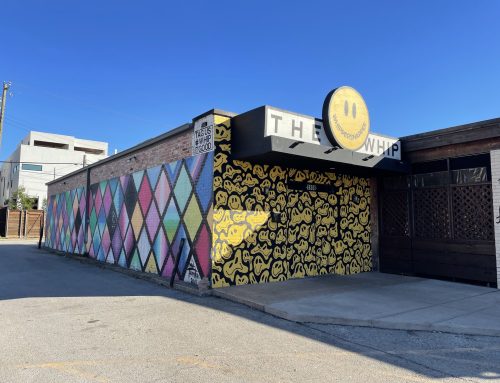
Homes in the M Streets. Photo by Renee Umsted.
The Greenland Hills neighborhood recently applied for a historical marker from the Texas Historical Commission.
Also known as the M Streets, Greenland Hills is celebrating its 100th anniversary this year, and submitting an application for a historical marker is just one way the neighborhood is commemorating the centennial.
Brothers Frank and Fletcher McNeny were the original developers of Greenland Hills. Homes started popping up in the area in 1923, according to a historical narrative written by the Greenland Hills centennial committee as part of the application for the historical marker.
By 1925, advertisements for 60-foot lots in Greenland Hills were published in local outlets; lots were being sold for $1,990.
The neighborhood, which contains a large collection of Tudor homes, was among the first planned residential developments north of Downtown Dallas. Sewer, water and gas lines were installed, and builders had to abide by architectural guidelines.
Architectural styles and the look of the neighborhood has been preserved in part through the M Streets/Greenland Hills Conservation District, which was approved by the Dallas City Council in 2002.
Stained-glass windows are found in many of the homes. Roger McIntosh, who lived in Junius Heights, worked for the Dallas Art Glass Company and is thought to be one of the original stained-glass artists for neighborhood homes, along with the Kebrle Stained Glass Studio.
Greenland Hills was one of the first neighborhoods in Dallas with driveways and garages, with automobiles becoming more common around the time of development. Streetcars also ran along Matilda, providing another method of transportation for neighbors.
M Streets resident Michele Stephens was among those involved with the historical marker application, tasked with completing research and editing the historical narrative.
“History sometimes gets lost in our busy lives, and this is a very vibrant neighborhood,” Stephens said.
The neighborhood is expecting to know around September whether they will receive a historical marker. If they do, the sign will be installed at the corner of Vanderbilt and the Central Expressway service road.





